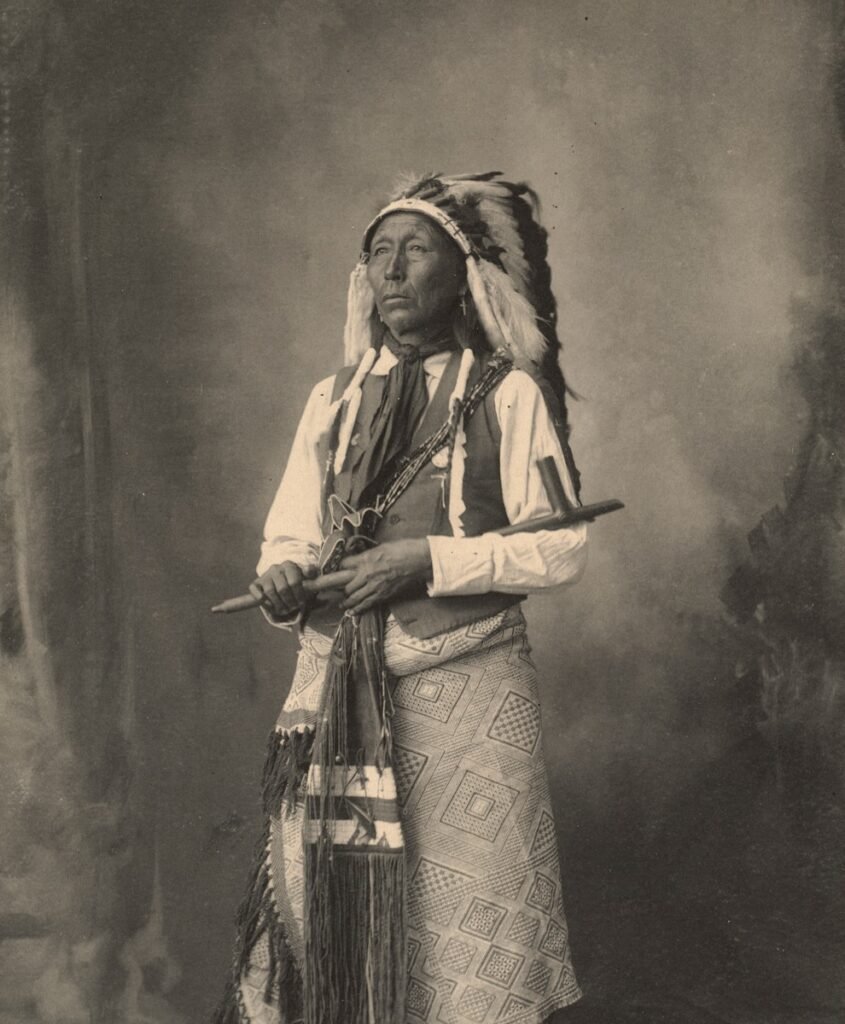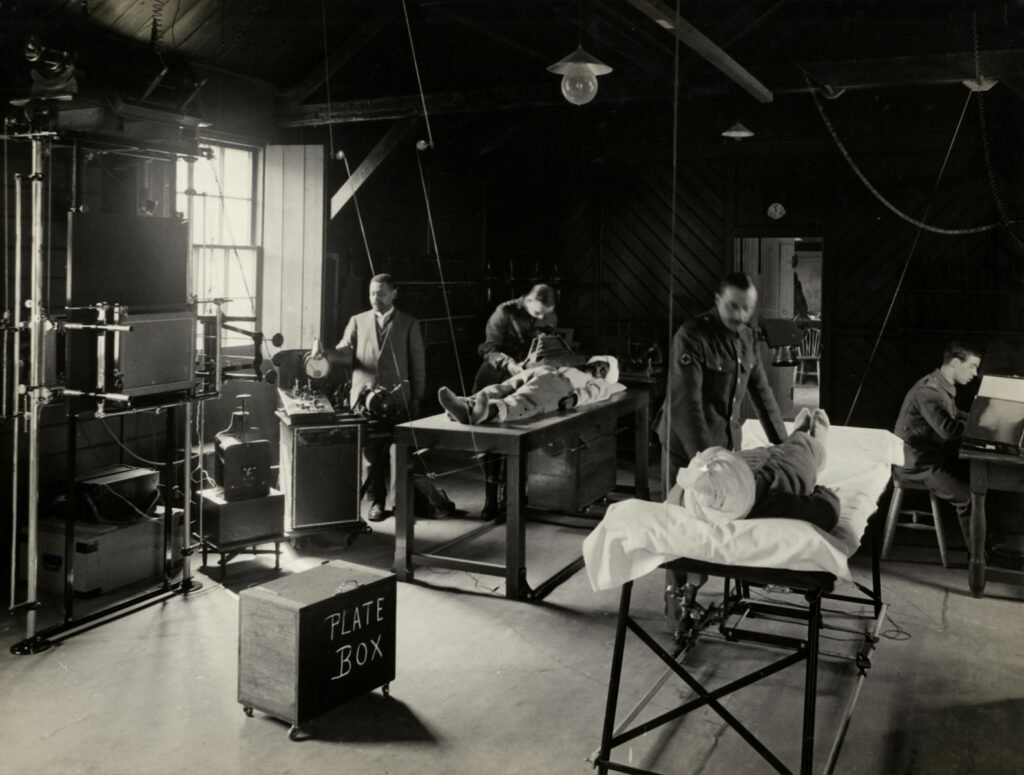
Overview of the Conflict
The French and Indian War, also known as the Seven Years’ War in Europe, was a perplexing conflict that unfolded from 1754 to 1763 in colonial North America. Amidst the power games of the British and French empires, alliances were made and broken with a burstiness that drew in various Native American tribes into a tangled web of loyalties and double-crossings. It was an era where empires clashed, setting the stage for the emergence of a new nation, resonating with Benjamin Franklin’s cryptic call to “Join, or Die,” urging unity among colonies against a common f.
This war was not just about land disputes but also about the clash of different cultures and ideologies as European powers vied for dominance in this untamed territory. The brutal realities of colonial life were exposed during this conflict; George Washington’s struggles in the wilderness symbolized the bravery and resilience of those caught up in its tumultuous events. As peace settled upon signing the Treaty of Paris 1763, seeds of revolution had been planted – echoing throughout history to shape future generations on American soil.
Key Players and Alliances
In the chaotic and tumultuous terrain of 18th century America, a cast of characters and intricate alliances emerged as powerful forces shaping the unfolding saga of history. On one front loomed the formidable British Empire, with its vast military prowess and far-reaching influence. The British were resolute in their bid to establish supremacy in the New World, pitted against a motley crew of adversaries including French troops and indigenous tribes fiercely opposing colonial encroachment. As John Adams astutely observed, “The Revolution was accomplished before the war even began. The Revolution simmered within the minds and souls of the populace.”
Standing firm against the British behemoth were unlikely coalitions comprising Native American nations, European competitors like the French, and valiant colonists fighting for their freedom from tyranny. These disparate factions found solidarity in challenging conventional norms and forging unbreakable bonds amidst overwhelming odds. Echoing through time is Benjamin Franklin’s sagacious words: “We must unite or else face certain doom alone.” The labyrinthine network of alliances and conflicts that characterized this epoch ultimately set forth a seismic shift in power dynamics, resonating through generations to mold the destiny of a burgeoning nation.
Causes of the War
In the tumultuous currents of 18th-century colonial America, the origins of the clash that ignited into the French and Indian War were as convoluted as they were unavoidable. Colonists hungered for expansion, pushing deeper into the untamed wilderness, driven by a thirst for land and resources, oblivious to the consequences. Amidst mounting tensions among European powers over territorial disputes, a spark was struck that set off a volatile chain reaction.
At the core of this conflict lay a intricate tapestry of alliances and deceit, with European nations vying for supremacy in this uncharted territory. France and Britain, age-old adversaries across vast oceans, found themselves entangled in a fierce struggle for dominance, while Native American tribes became unwitting pawns in their power play. The words of Benjamin Franklin reverberate down through history: “No nation ever perished from trade,” serving as a stark reminder of how economic interests stoked the fires of war.
Major Battles and Events
The clash of empires in the 18th century reached a crescendo with the infamous Battle of Quebec in 1759. Imagine this: British General James Wolfe, pitted against French General Louis-Joseph de Montcalm on the Plains of Abraham. The outcome held the key to the destiny of New France. Wolfe, with his cunning strategies and audacious demeanor, spearheaded a sudden assault that left the French bewildered. In the midst of chaos, Wolfe’s words lingered ominously – “I would rather have written this than take Quebec,” hinting at a British triumph. Ultimately, both leaders met their demise, but it was Britain who emerged triumphant, forever altering North American history.
Jump ahead to the Battle of Fort Necessity in 1754, where a youthful George Washington found himself entangled in a perilous predicament. The confrontation with French troops marked the genesis of the French and Indian War. Despite eventually surrendering Fort Necessity, Washington displayed nascent leadership qualities as he mused ptically about bullets whistling past him – “there is something charming in the sound.” This skirmish set off a chain reaction leading to larger conflicts and cemented Washington’s legacy as an intrepid and unyielding figure in American lore. The reverberations from these battles continue to shape a nation teetering on revolution’s edge.
Impact on Native American Tribes
The French and Indian War brought about a whirlwind of confusion and chaos for Native American tribes. European powers clashed over North American territories, leaving tribes like the Iroquois Confederacy bewildered and caught in the middle. The power dynamics shifted dramatically, boundaries were redrawn, and traditional lands were forever altered.
The aftermath of the war left Native American communities in a state of disarray, as their way of life was upended and their lands reshaped. George Washington’s observation that “the immediate consequences [of the war] to the Indian nations are very distressing” only added to the uncertainty. Tribes faced an impossible choice: submit to the victor or embark on a treacherous journey beyond the Mississippi River.
Forced into picking sides or risk being left behind, many tribes suffered from displacement and loss of autonomy. This turbulent period set off a chain reaction that would lead to future conflicts and injustices against Native American peoples.
Role of European Powers
The intricate and volatile nature of Europe’s involvement in the Seven Years’ War, also known as the French and Indian War in the American colonies, is a perplexing web of political ambitions and global rivalries. Great Britain, France, Spain, and Prussia each brought their own agenda to the conflict, creating a burst of tension that reverberated across continents.
It is truly fascinating for history enthusiasts to witness how these European powers manipulated their military forces and alliances in a relentless pursuit of supremacy. One particular moment of astonishment was when William Pitt, the British Prime Minister at the time, grasped the importance of backing the American colonies and pouring resources into the war effort. His declaration “I am sure I can save this country, and nobody else can” epitomizes his unwavering determination and strategic foresight.
The decisions made by these nations during this tumultuous period not only shaped the outcome of the war but also laid down groundwork for future colonial expansions in North America. The complex interplay between diplomacy and warfare among these European powers set a bewildering stage for geopolitical dynamics both within the American colonies and beyond.
Treaty of Paris 1763
In a whirlwind of chaos and uncertainty, the Treaty of Paris 1763 emerged as a pivotal resolution to the tumultuous Seven Years’ War. It was an enigmatic moment that left many in awe, as it reshaped the destiny of North America and cemented British supremacy in the region. With just a simple stroke of a pen, vast territories shifted from French hands to British control, forever altering the intricate geopolitical tapestry of the continent.
Amongst its myriad clauses, perhaps none were more significant than the concession of Canada and all French lands east of the mighty Mississippi River to Great Britain. As Benjamin Franklin cryptically observed, “The favorable fruits of this war and acquisition of Canada have sown seeds for future ascendency.” The consequences stemming from the Treaty’s enactment rippled far beyond colonial boundaries, setting into motion further conflicts and steering American history down an unforeseen path.
Legacy of the War
The aftermath of the French and Indian War, also known as the Seven Years’ War, echs through American history like a thunderclap from bygone days. As peace settled in and the Treaty of Paris 1763 was signed, a new chapter was etched into the story of the colonies. The war may have concluded, but its repercussions left an indelible mark on the very fabric of our nation.
In the aftermath of this conflict, the British Empire emerged as a formidable power in North America, laying down groundwork for future conflicts that would eventually spark the flames of revolution. As Benjamin Franklin astutely observed, “The roots of Revolution were planted during the French and Indian War.” This war not only reshaped geopolitics but also set a stage for brewing discontent that would erupt into full-blown rebellion in time to come. The legacy of this war serves as a puzzle piece in understanding history’s complexities and consequences – urging us to unravel past events to better grasp our present reality and mold our future.


